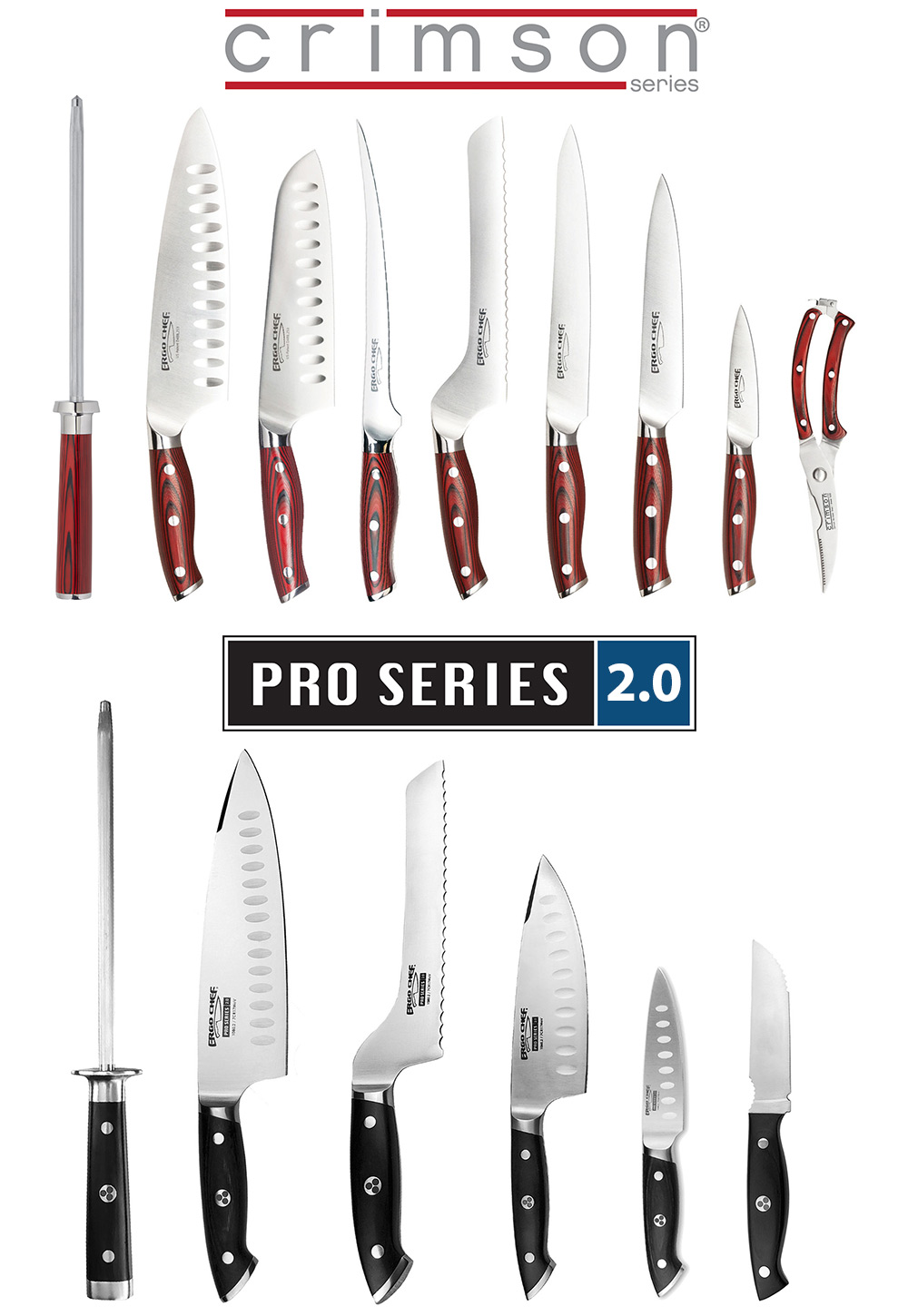
M-F 9:30am – 3:30pm EST
A study by Perry Group International revealed that most restaurants go out of business during their first year of operation, and 70 percent of those that make it past the first year close down in the next 3 to 5 years. Experiencing a cash crunch is one of the main reasons why restaurants struggle to stay afloat. Running a restaurant is not all about preparing food that taste great, there are a lot of expenses that need to be covered for the business to stay afloat. If your restaurant is experiencing a cash crunch, it’s crucial to take steps that will increase cash flow and make the business profitable.
Decrease Restaurant Overhead
If you find that your restaurant is not making enough money to cover expenses, it’s a good time to eliminate waste of resources in payroll, inventory, utilities and other areas. Revise your menu and remove or reduce slower moving dishes and low margin items. Decreasing your menu will allow you to limit the amount of inventory that you need to order. You can also cross utilize menu items in order to use ingredients in more than one dish and therefore reduce wastage. For example, if your menu includes a burger (ingredients which include lettuce, tomato, onion, bacon) it should also include items that require the same ingredients. When it comes to payroll, if you experience a small number of customers in certain seasons or certain days of the week, like Monday evenings or Wednesday mornings, reduce the number of staff working during those times in order to save money on wages.
Seek Financial Help
The median restaurant takes about 5 months to be profitable, and with a average start-up cost of $375,000, it’s important to make sure money is spent wisely. Our experts at Bankrate created a guide that walks aspiring restaurant owners through the costs of opening a restaurant and how to afford it. It includes creating a business plan, obtaining the necessary legal documents, securing start-up capital, and alternative lower-cost options.

Natoque viverra porttitor volutpat penatibus himenaeos. Vehicula commodo si hendrerit.



